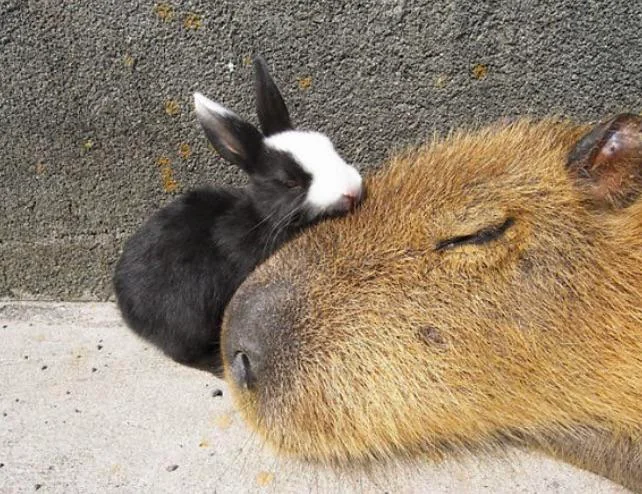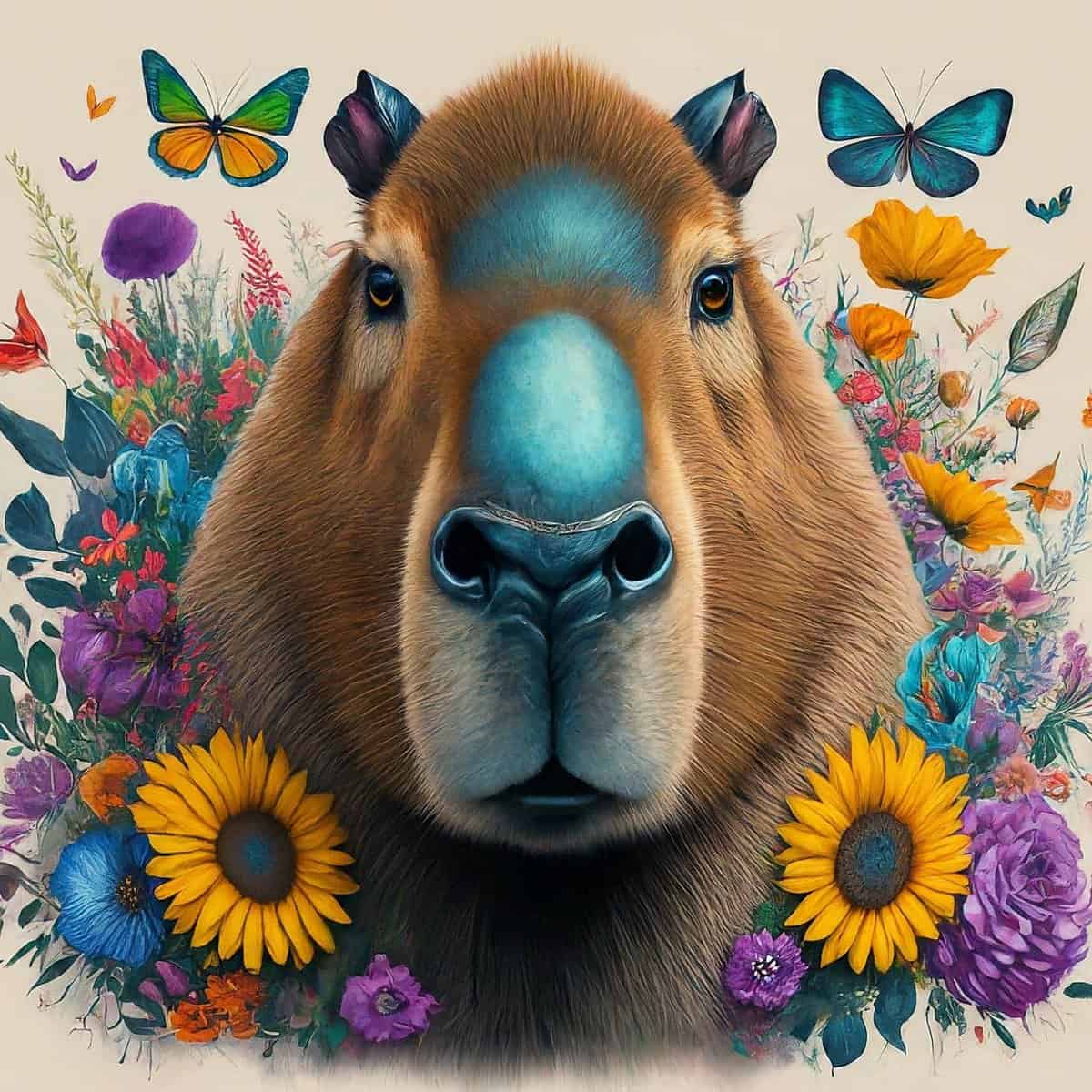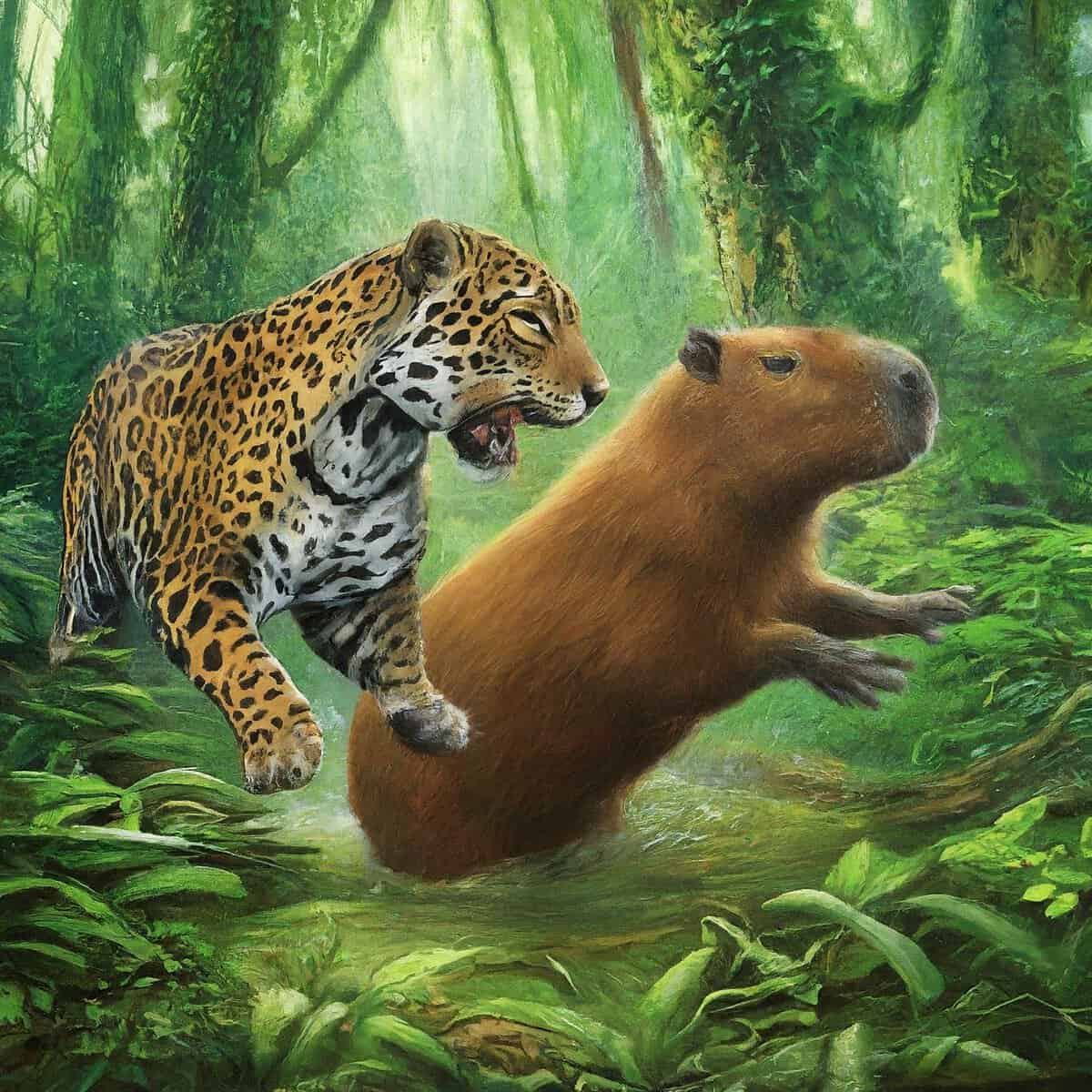Ever wondered about those charming creatures with a laid-back vibe? They’re the largest rodents in existence, often likened to an oversized guinea pig or a friendly dog. These social animals thrive in South America, where they love to hang out with their buddies and enjoy the water.
Getting the pronunciation right can really enhance your discussions about these fascinating mammals and their delightful behavior.
So, how do you pronounce it? It’s pretty straightforward: ka-pee-bar-ah.
You can easily break it down into three simple syllables. A common mistake folks make is saying it is just a large guinea pig when in fact the capybara is a unique rodent and social mammal native to South America.
Click here to learn more about: tools
Understanding The Capybaras Unique Behavior
Capybaras have such a unique charm that goes beyond their adorable looks. These friendly creatures thrive in their natural wetlands, forming social groups that showcase their engaging behavior.
The way they communicate is fascinating, with a range of sounds from soft whistles to loud barks, keeping their social connections strong.
Watching capybaras groom one another in their habitat is truly heartwarming.
This behavior plays a big role in strengthening their bonds, making their interactions special.
Plus, as semiaquatic animals, they excel in water, not just for fun but also as a clever way to escape from predators when the need arises

How To Pronounce Capybara Correctly
Pronouncing this playful creature’s name can feel like a little puzzle. But don’t sweat it; we’ll figure it out together and have some fun along the way!
Understanding the Sound:
Break it down: Cap-y-bar-a – a simple way to approach it when discussing animal care. Many people say it differently, just like how we see them in various contexts related to diet, fur, size, ecosystem, biodiversity, conservation, zoo, animal care, and environmental enrichment.
Capybaras
- Capybaras are the largest rodents in the world, weighing up to 150 pounds.
- They are social animals, often found in groups of 10 to 20 in the wild.
- Capybaras are herbivores, primarily eating grasses and aquatic plants.
- These creatures are excellent swimmers, using their webbed feet to navigate through water.
Why Is The Capybara A Social Animal
These adorable creatures are all about togetherness, showing us just how important companionship can be. Living in cozy herds of around 10 to 20, capybaras find safety and comfort within their group.
This natural adaptation not only helps them fend off predators but also makes foraging a more enjoyable experience.
Their social interactions are delightful, with grooming being a key activity that strengthens their bonds.
Through gentle nuzzles and playful antics, they foster a tranquil environment, emphasizing cooperation. The joy they share while hanging out truly highlights the complexity and warmth of their vibrant social lives
Tips For Capturing Capybaras In Wildlife Photography
Snapping pictures of these charming creatures can be an exhilarating experience! Not only are they the largest rodents around, but they also showcase incredible interactions that can brighten anyone’s day. Observing their behavior is key; the playful moments often lead to delightful wildlife observation opportunities.
Patience is important when you’re out capturing photography; just settle in, soak in the nature around you, and let the capybaras engage in their antics.
The use of natural light can truly elevate your shots, helping you embrace their habitat while also prioritizing animal welfare
Capybaras
- Capybaras are the largest rodents in the world, weighing up to 150 pounds.
- They are highly social animals, often found in groups that can include up to 20 individuals.
- Capybaras are semi-aquatic and enjoy spending time in water, which helps regulate their body temperature.
- Observing capybaras can provide unique wildlife photography opportunities due to their playful behavior.
Conclusion
As we wrap up our exploration of these fascinating animals, it’s evident that capybaras have so much more to offer than their undeniable cuteness. Their social structures reveal deep connections and bonding among group members, which is a joy to observe.
Watching them interact in their natural habitat not only highlights their unique behaviors but also sheds light on their health needs.
When capturing these moments, bear in mind that it’s not only about the perfect shot but also understanding the nuances of capybara interactions.
Planning some enrichment activities can make your next wildlife adventure even more rewarding. Enjoy your time out there, and may your lens beautifully capture the charm of these slow-moving herbivores as they engage in enriched activities that promote their health and social structures within their aquatic environments!.
What Is A Group Of Capybaras Called In Simple Terms
How Much Do Capybaras Cost For Pets

